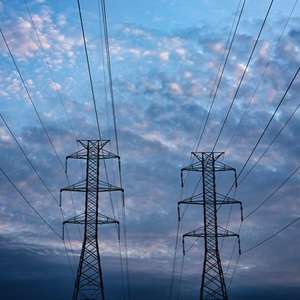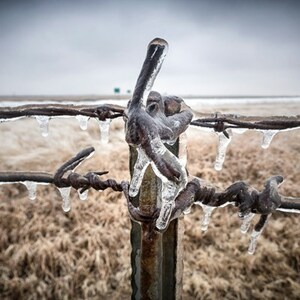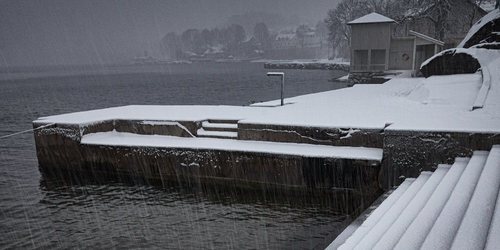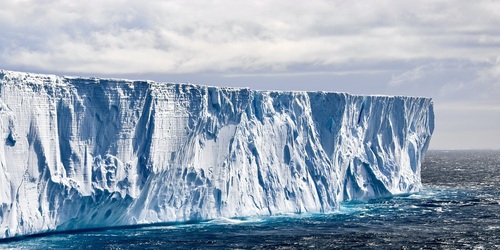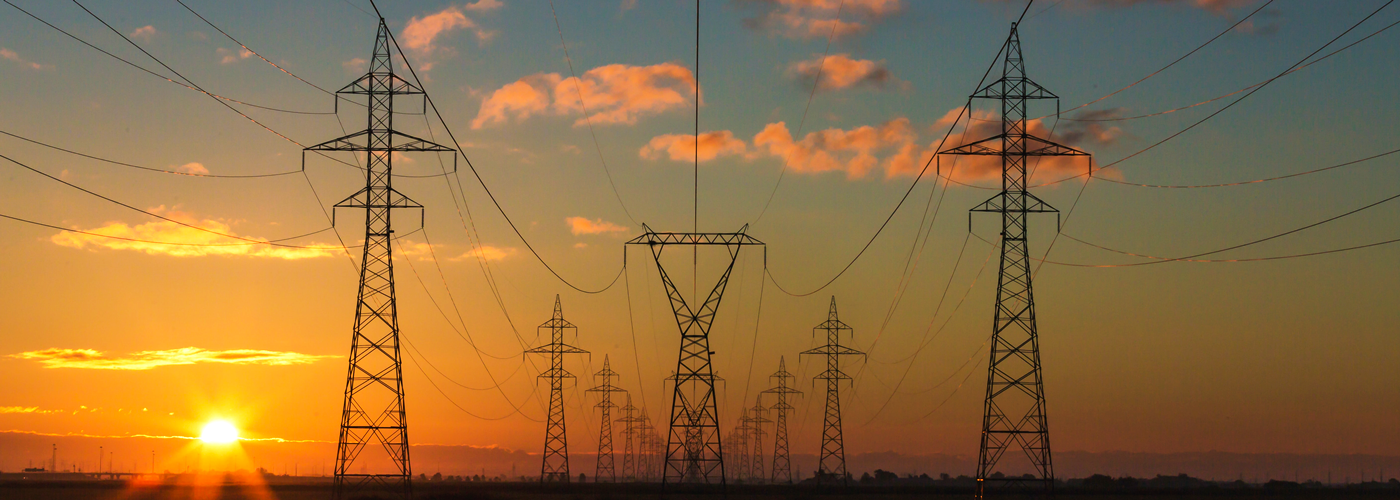

As the share of electricity produced from renewable energy sources continues to increase, not only in the United States, but in many countries across the world as well, several major U.S. utility companies have begun pledging zero carbon emissions by 2050. Aside from simply updating power plants and installing wind turbines, solar panels, etc., an investment in updating the power grid infrastructure will also have to be made.
Right now in the United States, the power grid is divided into two enormous sectors called the Eastern and Western Interconnections, with the eastern grid having a capacity of 700,000 megawatts and 250,000 megawatts in the western. A smaller, separate grid sector also serves much of the state of Texas. Bridging these two, main, massive grid sectors, though, the interconnect can only handle a much smaller 1,320 megawatts of capacity. That relatively paltry interconnect capacity could present a challenging bottleneck in a future where an abundance of wind-generated electricity in a more sparsely populated part of the country could be better used to help the energy demands on the opposite side.
As part of a two-year Interconnections Seam Study by the U.S. Department of Energy's National Renewable Energy Laboratory, researchers modeled various configurations of the future power grid. They found that having larger capacity, long-distance, high voltage lines that connect the various wind and solar generating regions with higher population urban centers would make the nationwide grid, as a whole, more resilient, reliable, and adaptable.
For example, different parts of the U.S. have peak energy demands at different times of the day, owing to the large size of the country cutting across several time zones. A more interconnected macrogrid would enable other parts of the country to aid in helping to meet these peak demand times. Also, when natural disasters strike, such as the February 2021 cold wave and ice storm that caused widespread power outages in Texas, regions that have damages to their power generating capacity can be helped by a higher capacity interconnect with unaffected regions.
Moreover, the study also found that any improvements made to this macrogrid interconnect would actually make fiscal sense by literally paying for themselves. In fact, the researchers found that for every dollar invested, up to $2.50 in return could be realized.
